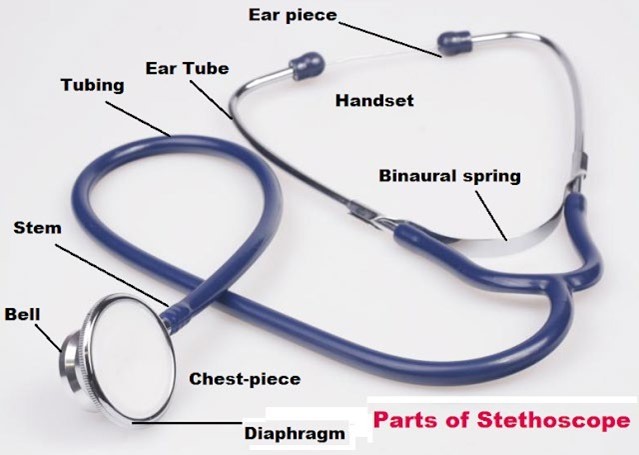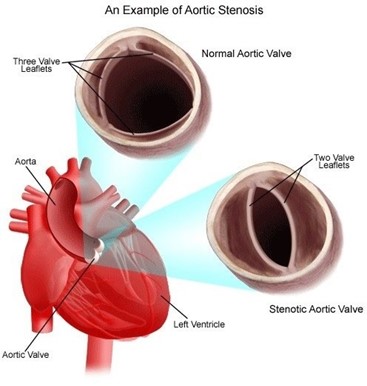The nurse is providing teaching to a school-age child with left femoral osteomyelitis and the child's parent prior to discharge.
Which instruction should the nurse provide related to the initial phase of treatment?
Administer topical antibiotic therapy daily.
Provide passive range of motion exercises.
Ensure no weight bearing on the affected extremity.
Schedule ice pack applications to the infected area.
The Correct Answer is C
During the initial phase of treatment for osteomyelitis, the nurse should instruct the child and parent to ensure that there is no weight bearing on the affected extremity. This may require the use of assistive devices such as crutches or a wheelchair. Administering topical antibiotic therapy, providing passive range of motion exercises, and scheduling ice pack applications to the infected area are not appropriate interventions during the initial phase of treatment.
Topical antibiotics may be used later in the course of treatment, after the initial phase of intravenous antibiotics has been completed.
Passive range of motion exercises may be appropriate during the later phases of treatment to prevent joint contractures.
Ice pack applications may be appropriate for pain relief, but they are not a primary intervention for osteomyelitis.

Nursing Test Bank
Naxlex Comprehensive Predictor Exams
Related Questions
Correct Answer is D
Explanation
To ensure the cooperation of a preschooler during an assessment of lung sounds, the nurse can allow the child to use a stethoscope on a stuffed animal. This helps the child understand what is happening and feel more comfortable with the procedure. Having the child blow a cotton ball (A), placing a toy in the child's hands (B), and offering bubbles (C ) may distract the child but do not directly involve them in the procedure.

Correct Answer is C
Explanation
Infants with congenital heart defects may have difficulty with feeding due to increased effort required to breathe and feed at the same time. This can lead to poor weight gain and dehydration. Thus, it is important for the nurse to report any signs of poor feeding or oral intake to the healthcare provider. While audible heart murmur (choice A)and a high heart rate (choice B)are expected findings in infants with congenital heart defects, they do not necessarily indicate a need for immediate intervention. Weight gain of 2.2 lbs. (1 kg) in the last 48 hours (choice D)may actually be a positive finding in an infant with a congenital heart defect, but it is not as important to report as poor oral intake and suckling effort.

Whether you are a student looking to ace your exams or a practicing nurse seeking to enhance your expertise , our nursing education contents will empower you with the confidence and competence to make a difference in the lives of patients and become a respected leader in the healthcare field.
Visit Naxlex, invest in your future and unlock endless possibilities with our unparalleled nursing education contents today
Report Wrong Answer on the Current Question
Do you disagree with the answer? If yes, what is your expected answer? Explain.
Kindly be descriptive with the issue you are facing.
